Introduction to Exotic Flowers
Exotic flowers represent a captivating segment of the botanical world, distinguished by their vibrant colors, unique shapes, and intricate patterns. These flowers typically originate from far-flung regions, often in tropical or subtropical climates, allowing them to flourish in environments vastly different from those of more familiar domestic varieties. What sets exotic flowers apart is not only their striking appearance but also their ability to bring diversity and novelty to gardens.
In the realm of gardening, the appeal of exotic flowers lies in their ability to create a distinct visual experience. Homeowners and landscape designers alike are drawn to the idea of introducing such unique specimens into their outdoor spaces. The presence of exotic flowers can dramatically alter the aesthetic, providing a lively contrast to traditional flora. Many varieties boast unusual color combinations and fascinating shapes that can serve as focal points or enhance the overall garden design.
Moreover, these diverse blooms can thrive in environments that mimic their natural habitats, making them an intriguing challenge for avid gardeners. Cultivating exotic flowers often involves creating specific growing conditions, such as adjusting soil type, humidity, and temperature, to ensure their successful development. This interaction with nature allows gardeners to engage meaningfully with their surroundings while promoting biodiversity.
As gardeners increasingly seek to stand out with their floral selections, the fascination with exotic flowers continues to grow. Their presence is not merely for decorative purposes; these flowers remind us of the beauty and complexity of nature’s offerings. By exploring exotic flowers, individuals can transform their gardens into a showcase of extraordinary floral diversity, thus adding a layer of richness to their green spaces.
The Importance of Exotic Flowers in Gardening
Exotic flowers play a significant role in the world of gardening, offering a multitude of benefits that enhance both the aesthetic and ecological aspects of any green space. The vibrant colors, unique shapes, and sometimes unusual growth patterns of these flowers contribute to a visually stimulating environment, encouraging gardeners and nature enthusiasts alike to express their creativity. By incorporating exotic species into their gardens, individuals can create stunning displays that stand out from traditional flower beds, showcasing the rich diversity that nature has to offer.
Moreover, the presence of exotic flowers can spark inspiration in garden design. These flowers often come from varied climates and ecosystems, introducing gardeners to new ideas and combinations that they may not have previously considered. Incorporating such distinct elements not only elevates the visual appeal but also invites the imagination to explore diverse themes, whether it be tropical, Mediterranean, or a fusion of styles. With their ability to break the monotony often found in conventional gardens, exotic flowers encourage gardeners to think outside the box and innovate in their approach to landscaping.
Beyond aesthetics, exotic flowers contribute significantly to ecological health. Many of these species attract essential pollinators, such as bees and butterflies, promoting biodiversity within the garden ecosystem. By providing a habitat rich in nectar and pollen, exotic flowers support the lifecycle of these vital creatures, ensuring that they thrive alongside the flowering plants. Furthermore, a diverse range of species can create a balanced ecosystem, reducing the dependency on chemical pesticides and fostering a healthier relationship with nature. In cultivating a garden that includes exotic flowers, one also plays a role in nurturing the environment, thereby enhancing the overall gardening experience.
Diversity of Exotic Flowers Around the World
The world is home to a remarkable variety of exotic flowers, each reflecting the unique ecosystems and climates of their respective regions. From the vibrant landscapes of tropical rainforests to the rugged terrain of arid deserts, the diversity of these flowers captivates botanists and garden enthusiasts alike. In this exploration, we will traverse different continents, highlighting regions renowned for their distinct floral offerings.
In South America, particularly in the Amazon rainforest, one can find an astonishing array of exotic flowers. The lush, humid environment supports an incredible biodiversity, showcasing stunning species like the Rafflesia arnoldii, known for its large, captivating blooms and distinctive aroma. Similarly, the rich soil and diverse climate contribute to the flourishing of orchids, which display intricate designs and vibrant colors, making the Amazon a paradise for flora lovers.
Moving to Africa, countries like Madagascar are pivotal in the study of unique flowers. This island nation boasts a plethora of endemic species, such as the iconic Traveler’s Palm, which stands tall with its fan-like leaves and unique flowering structure. Madagascar’s isolation has allowed for the evolution of distinctive flora, much of which cannot be found anywhere else in the world, highlighting the importance of conserving these natural resources.
Asia is another continent where exotic flowers flourish, particularly in countries like Thailand and Indonesia. The vibrant hibiscus and the unparalleled beauty of the Rafflesia flower are notable examples. The diverse climates in these regions, ranging from tropical rainforests to mountainous areas, create habitats where unique flowering plants can thrive.
Lastly, in Australia, the diverse range of climates supports numerous unique species such as the Sturt Desert Pea, recognizable for its striking red flowers and dark center. This region showcases how different ecosystems can nurture uncommon floral beauty. Each continent offers distinctive exotic flowers that contribute to our understanding and appreciation of the remarkable diversity of nature.
Top 10 Exotic Flowers You Should Know
Exotic flowers add a vibrant touch and distinctive character to any garden, often drawing from diverse climates and cultures around the world. Below, we present a curated list of ten exotic flowers meant to inspire your gardening endeavors.
1. Bird of Paradise (Strelitzia reginae): Known for its striking, bird-like blooms resembling a tropical bird in flight, the Bird of Paradise thrives in sunny conditions with well-drained soil. Its vivid orange and blue colors make it a show-stopper in any garden.
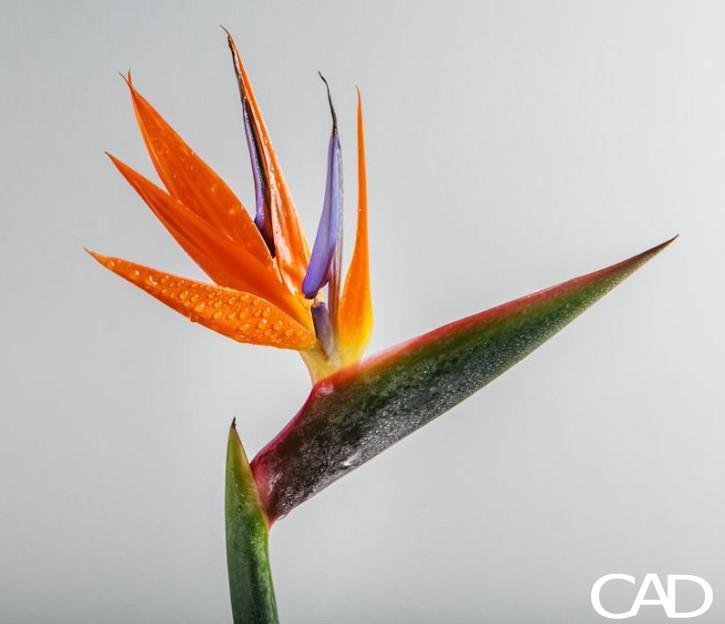
2. Orchid (Orchidaceae): Renowned for the vast diversity among its species, orchids come in myriad colors and shapes. They prefer indirect light and are often associated with beauty and luxury, making them popular in floral arrangements.

3. Passion Flower (Passiflora): With intricate blooms and unique shapes, the passion flower captivates with its exotic appearance. It flourishes in warm climates and can also produce edible fruits, notably the passion fruit.
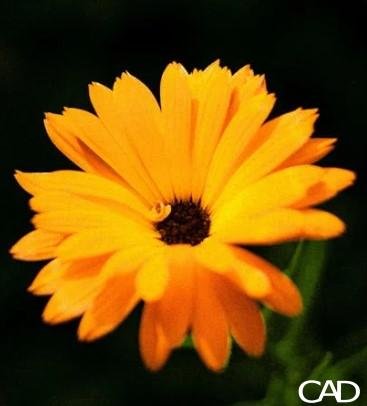
4. Blue Lotus (Nymphaea caerulea): A symbol of purity and enlightenment, the blue lotus features stunning blue petals that float elegantly on water. This aquatic plant prefers still water and enjoys full sun exposure.
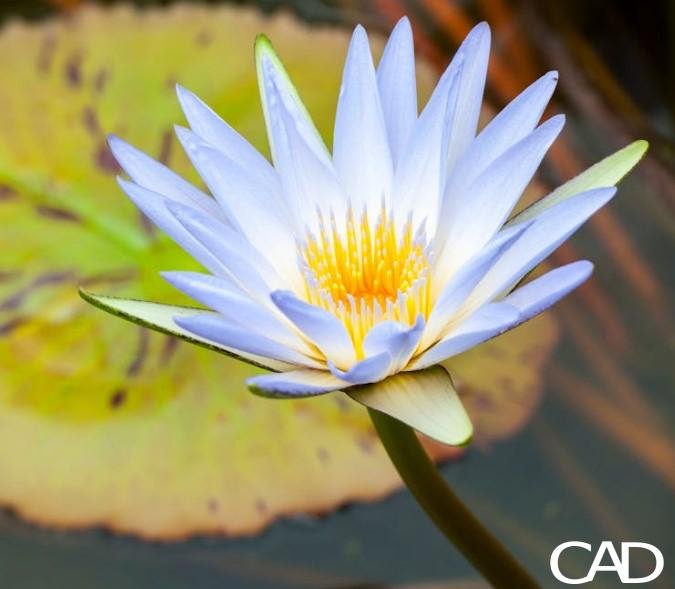
5. Protea (Proteaceae): Known for its stunning large blooms and formidable structure, the Protea is a hardy flower that thrives in warmer conditions. Its unique shape and texture make it a fabulous focal point in gardens.
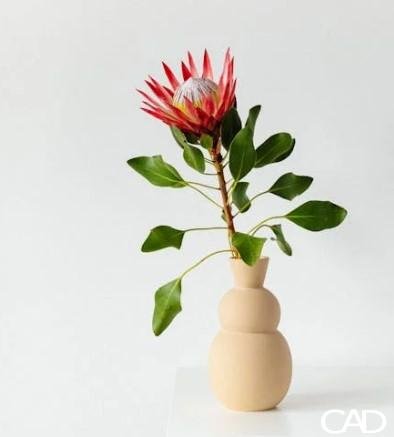
6. Flame Lily (Gloriosa superba): With its vibrant red and yellow petals that curve backward, the Flame Lily is often found climbing along trellises. It prefers well-drained soil and is revered in several cultures for its beauty and symbolism.
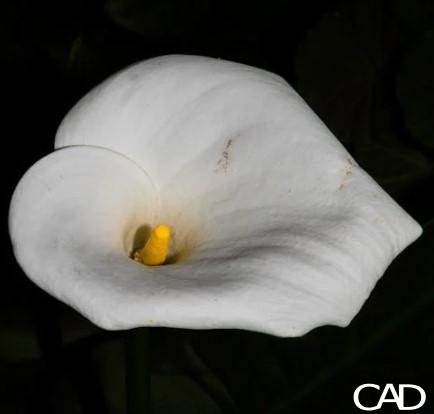
7. Tacca (Tacca palmata): Also known as the bat flower due to its unusual shape, the Tacca has dark purple, almost black petals that resemble bat wings. This fascinating flower thrives in tropical climates and prefers shade.
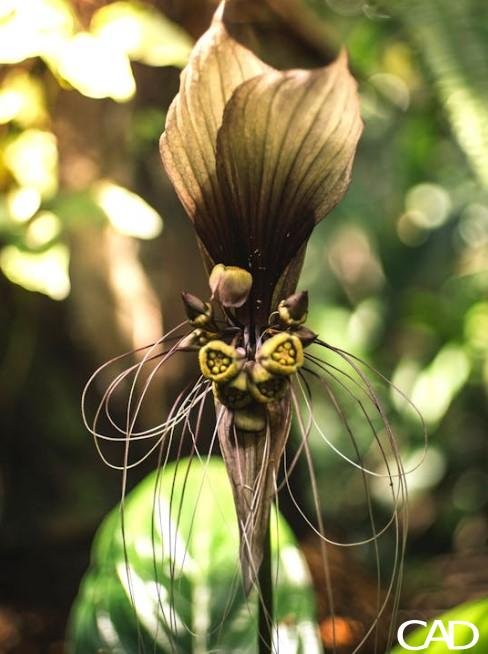
8. Rafflesia arnoldii: Famous for producing the world’s largest individual flower, this rare species produces a foul odor that attracts pollinators. While challenging to cultivate, its distinct nature appeals to botany enthusiasts.
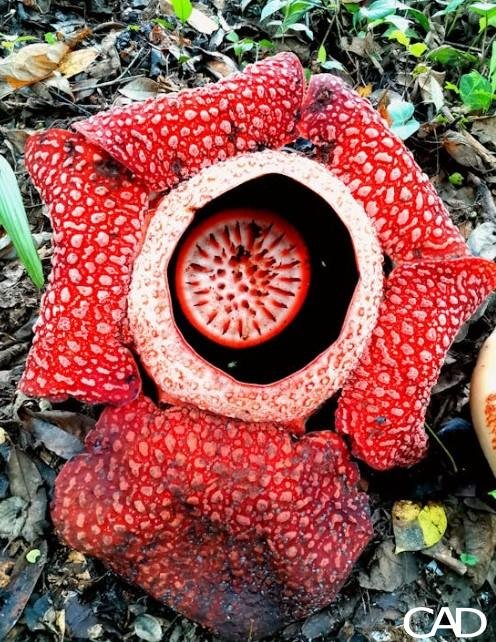
9. Amorphophallus titanum (Corpse Flower): Another record holder, the corpse flower is known for its impressive size and powerful smell. Though it requires specific conditions, witnessing its bloom is a rare treat for plant lovers.
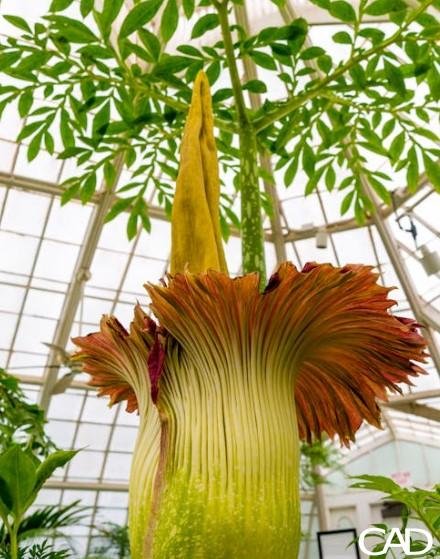
10. Lotus (Nelumbo nucifera): The lotus is revered in numerous cultures for its beauty and symbolism of purity. It flourishes in water and sunlight, making it suitable for garden ponds and serene water features.
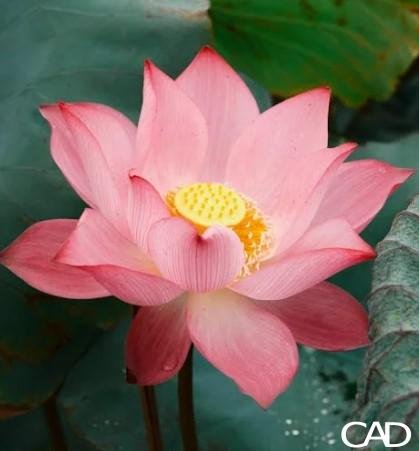
Integrating these exotic flowers into your garden not only enhances its aesthetic appeal but also provides an opportunity to connect with diverse botanical wonders. Each flower brings a unique charm and story to your outdoor space.
Incorporating Exotic Flowers into Your Garden Design
Integrating exotic flowers into your garden design can elevate the aesthetic appeal and introduce a sense of adventure to your outdoor space. When considering the incorporation of these unique plants, it is essential to evaluate several key elements that contribute to a successful arrangement. First, color coordination plays a vital role. Exotic flowers often display vivid hues that can either complement or clash with the existing palette. Selecting a color scheme that harmonizes with your current garden plants will create a cohesive visual impact. Moreover, you can use contrasting colors strategically to draw attention to specific areas or create intriguing focal points.
Textural variation is another important aspect to consider in your garden design. Exotic flowers can vary significantly in their form and texture, providing an opportunity to create layers and depth within your landscape. Planting smoother, broader-leaved species alongside those with intricate foliage can enhance the overall appearance and evoke a more dynamic environment reminiscent of nature. For instance, pairing the delicate petals of an orchid with the robust leaves of a banana plant can produce an eye-catching display that highlights both plants’ distinctive features.
To optimize the impact of your exotic flowers, it is advisable to establish focal points throughout your garden space. These points can be achieved by grouping various exotic species together, thereby drawing the viewer’s eye. Strategically placing these clusters along pathways or near seating areas can create a sense of surprise and delight as visitors explore your garden. Additionally, incorporating taller plants in the background while using shorter flowers in the foreground ensures that every plant has the opportunity to shine without overshadowing its neighbors. Through careful planning and consideration of color, texture, and layout, your garden can flourish with the beauty of exotic flowers, offering a unique retreat that reflects both individuality and the wonder of nature.
Caring for Exotic Flowers: Tips and Tricks
Maintaining exotic flowers requires specific knowledge and attention to ensure their vibrant beauty and optimal growth. One of the fundamental aspects of caring for these unique plants is understanding their watering needs. Generally, exotic flowers thrive in well-drained soil; thus, it is essential to water them adequately without causing waterlogging. The frequency of watering will depend on factors such as the plant species, climate conditions, and season. It is advisable to check the soil moisture before watering, as over-watering can lead to root rot, a common nemesis for many exotic plants.
Sunlight is another critical factor in the care of exotic flowers. While some species flourish under bright, direct sunlight, others may prefer partial shade. It is vital to research the specific light requirements of each plant to create an environment conducive to their growth. Ensuring that your exotic flowers receive the right amount of sunlight will significantly enhance their development, promoting healthy foliage and vibrant blooms.
Soil composition plays an equally important role in the well-being of exotic plants. A well-aerated soil mix that retains moisture yet allows for drainage is ideal. A blend of peat, perlite, and organic matter can often provide the necessary nutrients and texture to support exotic flowers. Regularly checking the pH of the soil and adjusting it to suit the specific needs of your plants will also encourage healthy growth.
Lastly, pest management is crucial when it comes to caring for exotic flowers. These plants can be susceptible to various pests, such as aphids, spider mites, and mealybugs. Regular inspections of the foliage and flowers will help detect any infestations early on. Natural remedies, such as insecticidal soap or neem oil, can be effective in managing pests without harming the surrounding environment. By following these guidelines, gardeners can cultivate a flourishing garden filled with stunning exotic flora.
Common Mistakes to Avoid When Growing Exotic Flowers
Growing exotic flowers can be a rewarding endeavor, as they bring unique visual appeal and diversity to any garden. However, novice and seasoned gardeners alike can encounter pitfalls that hinder the successful cultivation of these remarkable plants. One of the most common mistakes is overwatering. Many gardeners mistakenly assume that since exotic flowers often originate from lush environments, they require constant moisture. In reality, excessive watering can lead to root rot and other complications, which can be detrimental to the health of the plants. It’s essential to understand each flower’s specific watering needs and to allow the soil to dry out between waterings.
Another frequent error is providing improper sun exposure. Different exotic flowers have varying light requirements, and exposing them to too much or too little sunlight can be harmful. For example, some species thrive in bright, direct sunlight, while others prefer dappled shade. It is crucial to research the light conditions required for each type of flower and to monitor their response to their environment. Placing them in the wrong location can lead to poor growth and diminished flowering.
Additionally, neglecting the specific care needs of exotic flowers can impede their development. Each species may have unique requirements concerning soil composition, temperature, and humidity levels. For instance, tropical flowers may thrive in a humid environment, whereas desert blooms could require a well-draining soil mix. Regularly assessing the conditions of your garden will aid in ensuring it meets the necessary criteria for supporting these delicate organisms. By being mindful of these common mistakes—overwatering, improper sun exposure, and neglect of specific care needs—you can enhance your gardening experience and successfully cultivate a diverse collection of stunning exotic flowers.
The Cultural Significance of Exotic Flowers
Exotic flowers have long captivated humanity, not only for their striking beauty but also for their rich cultural significance that transcends borders and epochs. Throughout history, various cultures have attributed symbolic meanings to these vibrant plants, weaving them into their traditions, art, and literature. Such cultural connections enhance our appreciation of nature, allowing us to view these flowers as more than mere ornamental elements in our gardens.
For instance, the lotus flower, held in high esteem in many Eastern religions, symbolizes purity and enlightenment. It emerges from muddy waters, yet retains an unparalleled beauty, making it a powerful metaphor for resilience and spiritual growth. Similarly, the hibiscus, found in tropical regions, is often associated with beauty and femininity, celebrated in art and folklore across different cultures. Its striking appearance has made it a popular subject in traditional and contemporary artistic expressions.
In addition to their artistic representation, exotic flowers frequently feature in cultural rituals and celebrations. For example, marigolds play a pivotal role in Hindu festivities, symbolizing the sun’s warmth and bringing vibrancy to marriage ceremonies and religious observances. Similarly, the bluebell, common in English literature, is imbued with meanings of humility and gratitude, often appearing in poetic works to signify the tranquility of nature.
Literature also reflects the deep-rooted significance of exotic flowers. Classic works often utilize floral imagery to evoke emotions, convey themes, or symbolize characters’ inner states. Thus, the incorporation of exotic flowers into narratives serves not only to enhance aesthetic appeal but also to enrich thematic depth, allowing readers to connect more profoundly with the stories they encounter.
In essence, the cultural significance of exotic flowers is vast and multifaceted. Their roles in symbolism, rituals, and artistic expression provide a lens through which we can explore the intricate relationship between humanity and nature, ultimately enriching our understanding of the world around us.
Conclusion: Creating Your Exotic Flower Garden
In summation, establishing an exotic flower garden presents countless opportunities for both personal enjoyment and horticultural exploration. Throughout this blog post, we have examined a selection of mesmerizing flowers that can introduce striking colors, unique shapes, and enticing fragrances to your outdoor space. Selecting the right varieties is critical to ensure that they thrive within your local climate and soil conditions. By dedicating time to understanding the specific needs of each flower, you can create a vibrant ecosystem that celebrates the beauty of nature.
Starting your exotic garden involves careful planning and an adventurous spirit. Whether you choose to cultivate the bold hues of the Bird of Paradise or the delicate forms of the Orchid, you will find a rewarding experience in nurturing these captivating plants. Researching the appropriate care and maintenance techniques will empower you to foster a flourishing environment. Moreover, remember the importance of local biodiversity; you can enhance your garden’s ecological value by choosing flowers that attract pollinators and beneficial insects.
As you embark on this journey, don’t hesitate to connect with fellow gardening enthusiasts or local horticultural societies. Engaging with others can provide valuable insights and support. Additionally, visiting botanical gardens or exotic flower exhibitions can stimulate creativity and inspire innovative combinations to implement in your garden. We encourage you to embrace the diversity found in the world of exotic flowers. Each blossom offers a unique story, and by cultivating them, you contribute to the celebration of nature’s magnificence.
Embrace the challenge, let your garden reflect your creativity, and enjoy the transformative experience of adding exotic flowers to your space. Take this opportunity to enrich not only your garden but also your connection to the beautiful realm of nature that surrounds us.